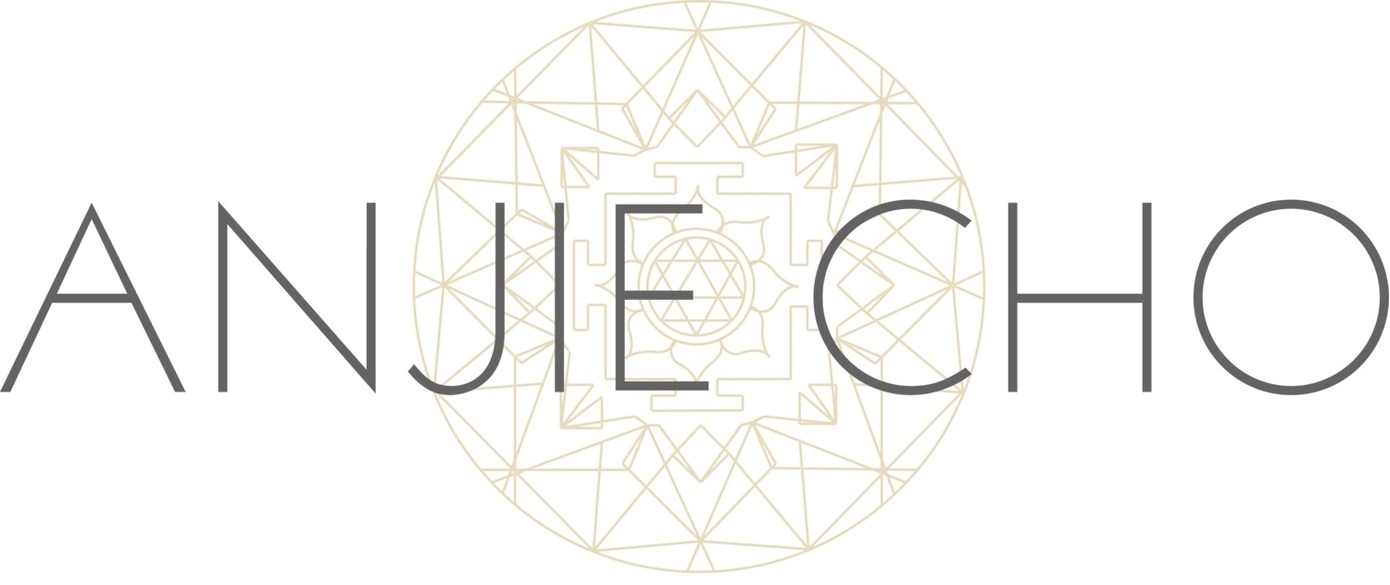Photo by Peter Boccia on Unsplash
Does your method of feng shui use the main door to lay the bagua?
First, I want to clarify that the feng shui that I practice is not my method. Feng shui is an ancient practice, and no practitioner living now has created it. It is lineage-based, and it’s been passed down for generations. It is true that there are many schools of feng shui, and I study and teach BTB or Black Sect feng shui.
In BTB feng shui, we lay the bagua according to the main entrance to the home. We align the bottom of the bagua map with the front door, so your front door will fall in the blue, black, or grey area of the bagua map. The red area, often called Fame, will be on the wall opposite to the front door. If you’re working with a different school of feng shui, this may be different, but that is how we lay the bagua in the BTB school of feng shui.
I also want to note that all schools of feng shui recognize the importance of the front door in how they look at the energetics of a room, and how they place things in the home. Even though they might not place the bagua according to the front door, it is still an important feature to pay attention to.
If you are wondering how to lay the bagua on your home, I would definitely encourage you to work with a skilled practitioner. It might seem simple, but unless you have a very rectangular floor plan it can actually be quite complicated. You can also get on the Mindful Design mailing list to be notified when we do floor plan bootcamps or other workshops where you may have the opportunity to see us lay the bagua on your space.
If you’d like to learn more about feng shui, check out Mindful Design Feng Shui School at: www.mindfuldesignschool.com






